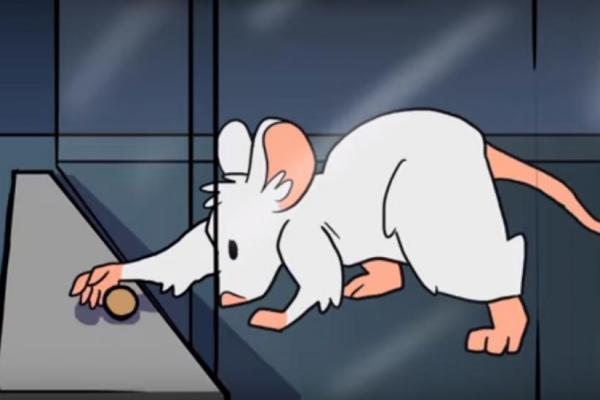
BALTIMORE, Jan. 7 (UPI) — Scientists think the window of recovery for stroke patients to regain motor skills could be open longer than previously thought, based on a new study with mice.
The experiments suggest the brain is more “plastic” beyond the period immediately after a stroke and that, if this period of time when the brain is in a recover-and-rebuild mode can somehow be extended, patients could regain more of their previous abilities.
In experiments with mice that had strokes, scientists induced a second stroke in the same area of their brains, which showed recovery after the first stroke could be improved — though they note inducing strokes in human patients is not and should not be a treatment option.
“If we can better understand how to reopen or extend the optimal recovery period after a stroke, then we might indeed change how we treat patients for the better,” said Dr. Steven Zeiler, an assistant professor of neurology at Johns Hopkins University, in a press release.
In a previous study at Johns Hopkins, researchers found the most effective efforts for recovery of motor skills in mice after a stroke was seven days. They also found the time period could be extended if the mice were treated with fluoxetine, or Prozac, immediately after the stroke.
In the new study, scientists taught mice to reach through a slit in their cage to grab food pellets attached to a bar — a difficult, unnatural task for the animal. When the mice got good at the task, on average they could retrieve the pellets a little more than half the time.
The scientists then induced a stroke in the motor cortex of each mouse’s brain. They waited a week, beyond the optimal time for rehabilitation, and then began retraining the mice for about three weeks, a much longer time than it took the mice to learn how to get the pellet before having a stroke. On average, the mice relearned the skill, but were only successful about 30 percent of the time.
Based on previous research suggesting cutting off oxygen to the brain during a stroke may increase its ability to compensate for injury and form new connections, scientists induced a second stroke in the mice either in the motor cortex near the site of the first or, as a control group, near the visual cortex in another part of the brain.
Immediately after the stroke, the scientists began retraining the mice. Those with a stroke induced near their motor cortex relearned the pellet-grasping trick and were able to grab their food at the previous 50 percent success rate. Mice in the control group, however, never improved on the 30 percent success rate.
Zeiler said this suggests only the motor cortex can be rehabilitated this way, however future research must be done for other ways to reopen the window of recovery — because inducing strokes in humans is never going to be an option, he said.
“Our study adds new strong and convincing evidence that there is a sensitive period following stroke where it’s easiest to relearn motor movements — a topic that is still debated among stroke researchers,” Zeiler said.
The study is published in the journal Neurohehabilitation and Neural Repair.






